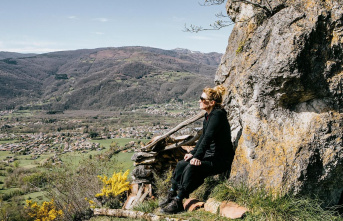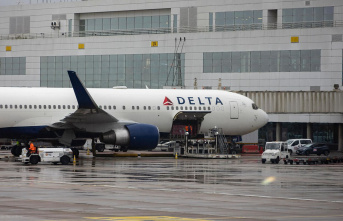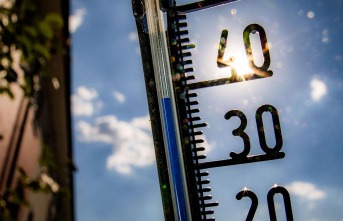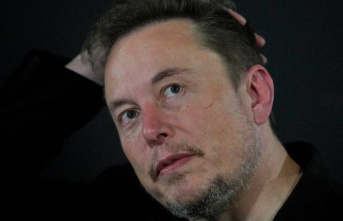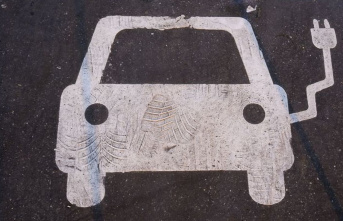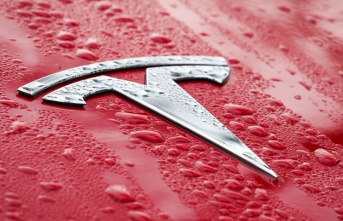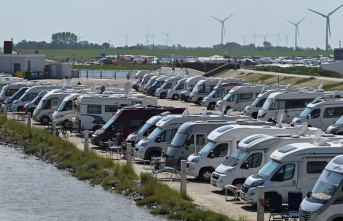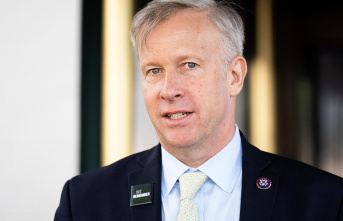Although it may seem like a national utopia for five years, the reality of the EU's injection of funds is that rail freight transport will begin to flourish so it can be seen as an alternative to road traffic. The main goal of the sector is intermodality as it is in other continent countries.
At the end of March, Brussels approved a Government direct aid plan to encourage the movement of goods from the road to railway. The purpose was to reduce polluting emissions. The 120 million euro grant comes from the community coffers. It will be in effect until June 2026. Subsidies will vary depending on how many goods are transported from truck to train.
This will give an impetus to a sector that has been slowing down for nearly a decade. Its modal share of land transport in 2021 was 3.6%, measured in net tons per km. This is five times lower than the European average (18%). It was also the lowest recorded since 2011, and very similar to the record for 2020, which was clearly marked by pandemic. According to operator estimates, 2014 was the best year for rail freight transport. The first private companies arrived in 2007. This share was not more than 5.1%. However, the revenue of companies operating in rail freight transport was close to 313million euros, compared to 265million last year. (Almost two-thirds of which are Renfe).
The Ministry of Transport believes that the Goods 30 program, which seeks to increase the market share of this type of railway by 10% in 2030, can be achieved despite this background. This would almost triple (2.7 times) the previous official record. The goal is actually set by Brussels once again. It also monitors the slow progress of the Mediterranean corridors (which should be reached Almeria) as well as the Atlantic (to Algeciras), which are also financed by EU capital. This requires that there be 50% weight balance in this type transport between trucks and trains by 2050.
It will be necessary for the sector to even reach its first goal by increasing the amount of public investment. According to the Railway Observatory's latest annual report, Germany has increased its railway infrastructure and rolling stock by more than twice, France tripled it, and Denmark has multiplied the figure by five. The Government intends to allocate close to 8,000 millions euros to the current decade. Most of this will be through European funds for the recovery from the covid crisis, also known as Next Generation.
Promoting intermodality, including adaptation to the European gauge, modernizing distribution hubs--in Spain, Portugal, there are a thousand unused and obsolete industrial branches--, improving connections port railroads--almost half the freight train traffic originates or ends in ports--the railway manager Adif will spend nine million to expand the sidings to reach 750m in different stations--and increase digitization--the strong growth in electronic commerce is another business opportunity. The latest Competition Report (CNMC) states that the operators are "very pessimistic about the market's situation". Aid is also planned.
The Association of Private Railway Companies, (AEFP), fears that many will move to the dominant public operator -which they denounced at the CNMC because of the high rental costs of their rolling stock - despite the fact that it is losing weight. Adif reports that Renfe Mercancias' share of 71% in 2016 (in accumulated train km) has fallen to 59% in 2021 despite indirectly benefiting in 2020 from the decline in private companies.
There are a dozen rail operators operating in this market. A subsidiary of French public group SNCF hopes to gain ground, while the Chinese shipping giant Cosco – with a lot of container traffic at the ports in Valencia and Bilbao — has taken over Logitren. Renfe is focusing on finding one or more strategic, financial or industrial partners. It also acquired twelve new electric locomotives.
The Mediterranean Corridor, which is supposed to connect Almeria to the French border, is expected to become a reality by 2026. This is according to the EU, who promotes it financially and politically. It will allow for both rail traffic of people as well as goods. Raquel Sanchez, Minister of Transport, made this "commitment" at the end 2021. This was in line to what she had already stated in November to 1,300 Madrid-based businessmen, who were very unhappy about the 15-year delay in the construction.
Juan Roig, president of Mercadona was harshly criticized for saying that seven presidents representing different political parties have passed through the Government. Along with large companies like CaixaBank and BP Spain, Porcelanosa and Pamesa, J. Garcia Carrion as well as Boluda. Balearia, Casa Tarradellas, Boluda.
Its greatest claim is to construct a railway corridor paralleling the Mediterranean coast with a double platform – the one used by AVE - in international scale. This would allow for transport to flow with the rest EU. Spanish companies account for over 50% of the country’s exports. It also strengthens large projects like the Volkswagen gigafactory, Sagunto, which manufactures electric vehicle batteries.
The national GDP will return 3.5 euros for every euro spent on infrastructure works. This is despite the fact that they will cost more than 20,000 million euros. It was allocated 1,982 million in the 2021 Budgets and 1,710 million this year.
The works are much more advanced between Barcelona, Alicante and Madrid than the Andalusia sections. Postponements are common and the sector even talks of ending the project in 2030. The minister insists that the deadline is fixed and cannot be extended.


